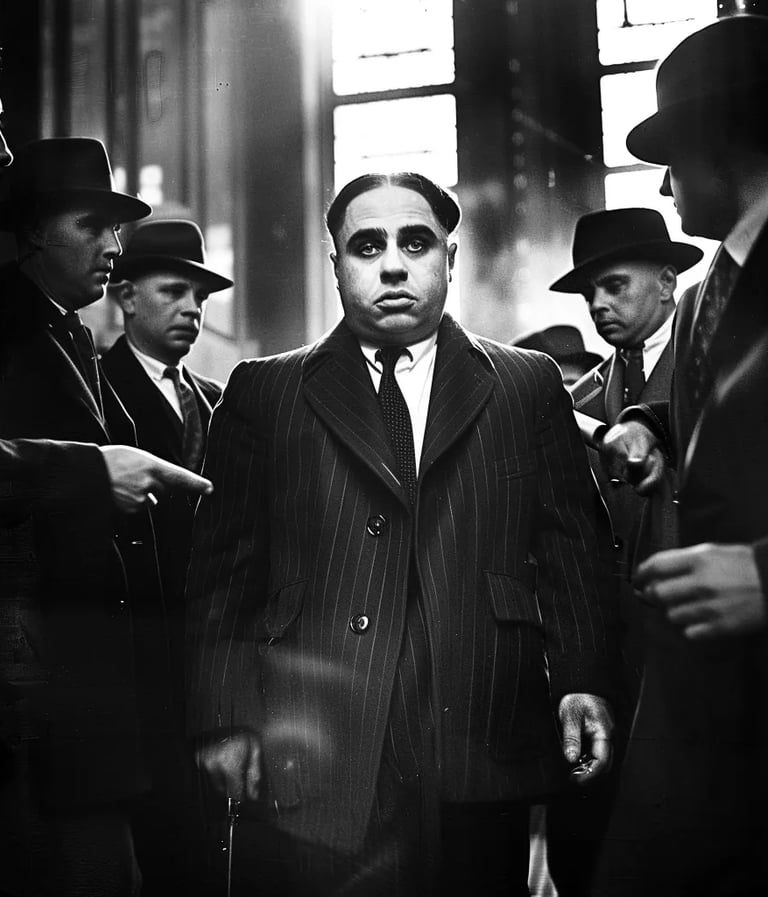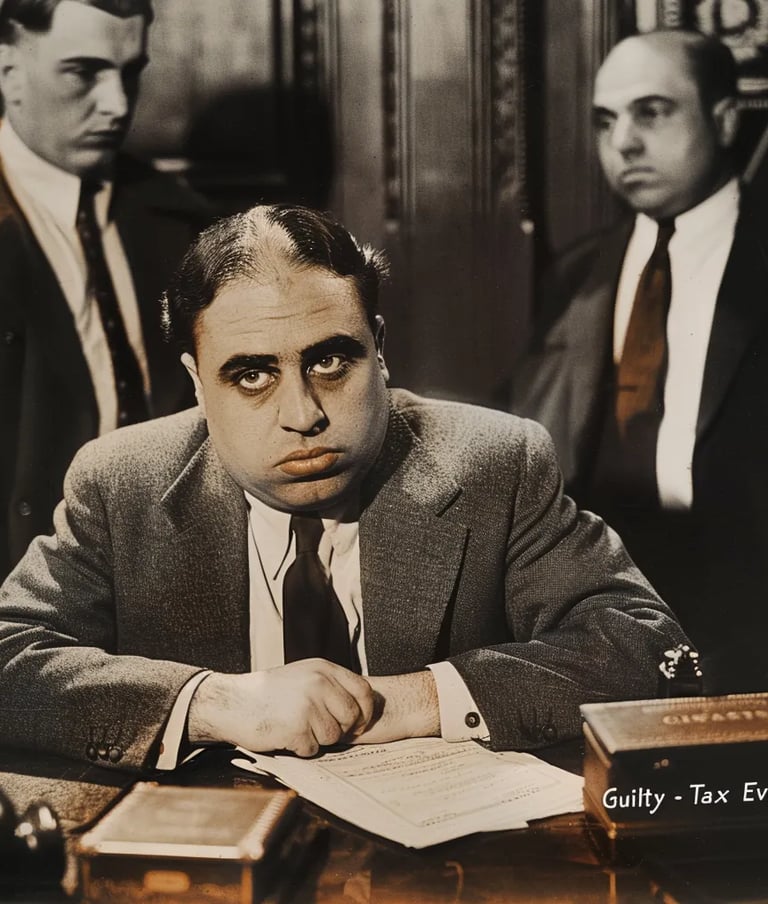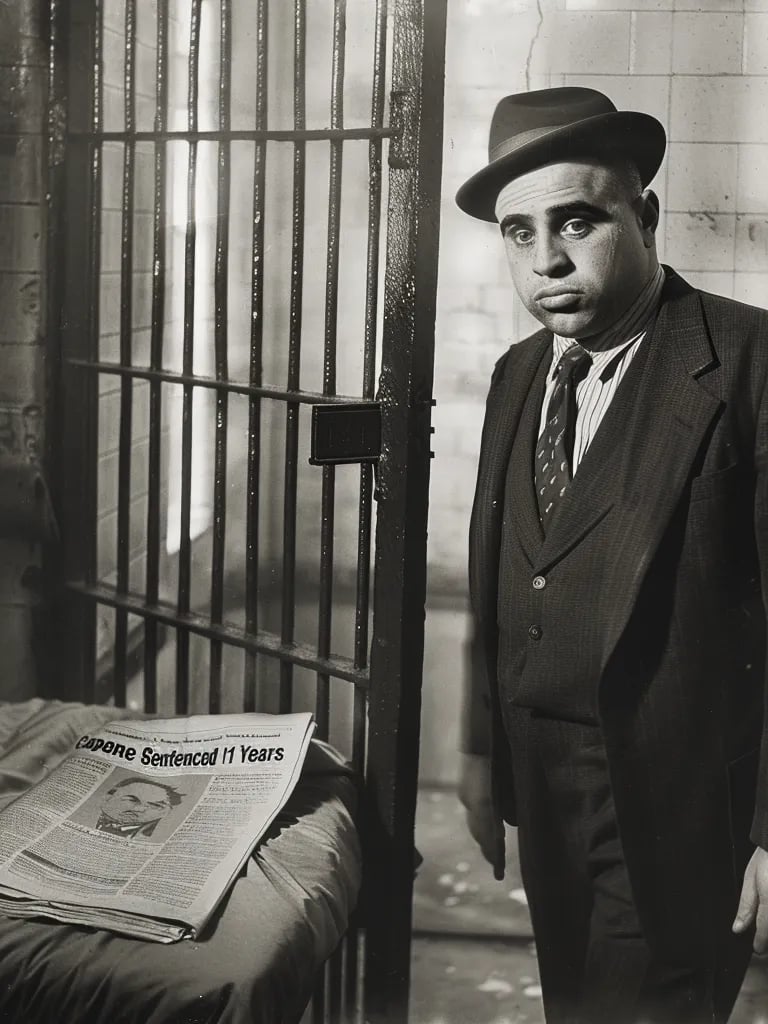A devastating tornado swept through London, causing significant destruction to buildings and infrastructure, including the wooden London Bridge. The force of the winds resulted in structural collapses and widespread damage. This event is one of the earliest recorded tornadoes in Britain and serves as historical evidence of the city's vulnerability to severe weather conditions, long before modern meteorological tracking.
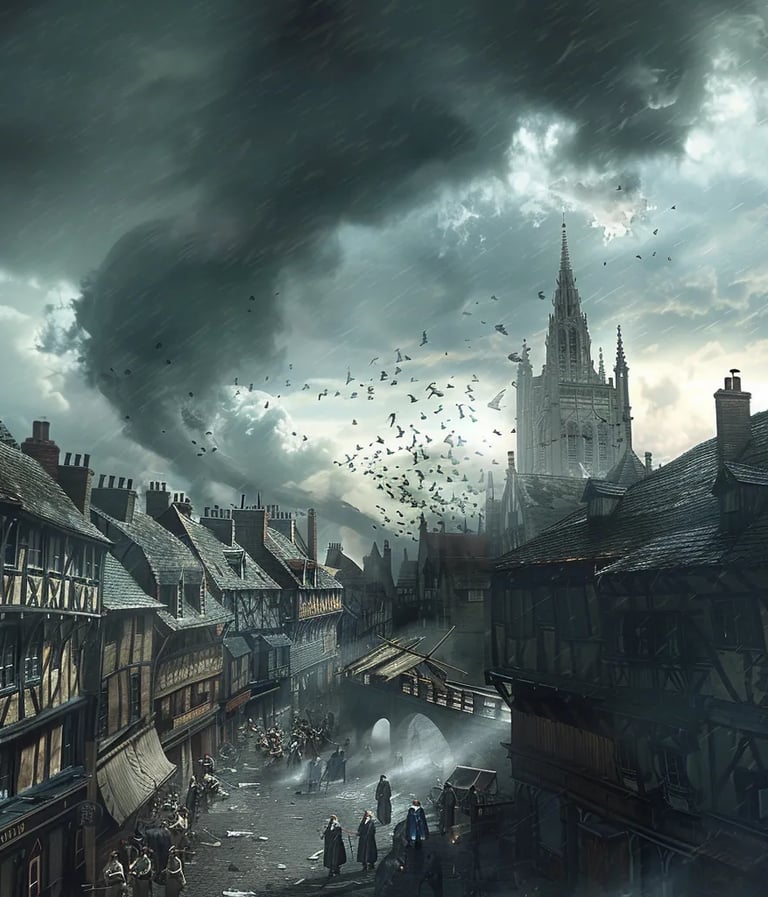

1091 – London Tornado
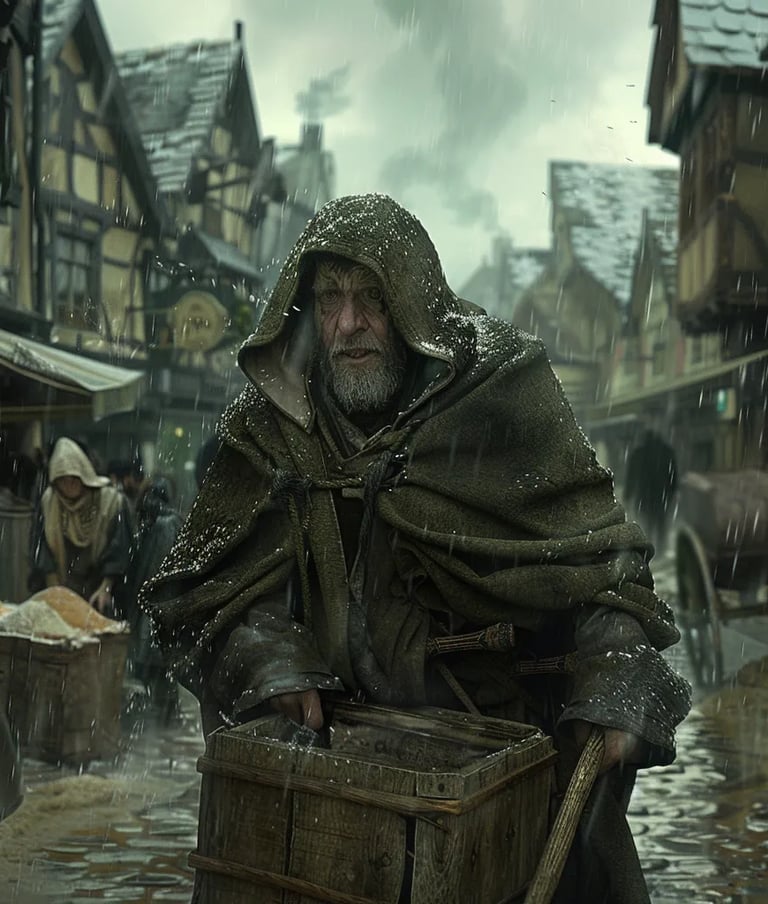

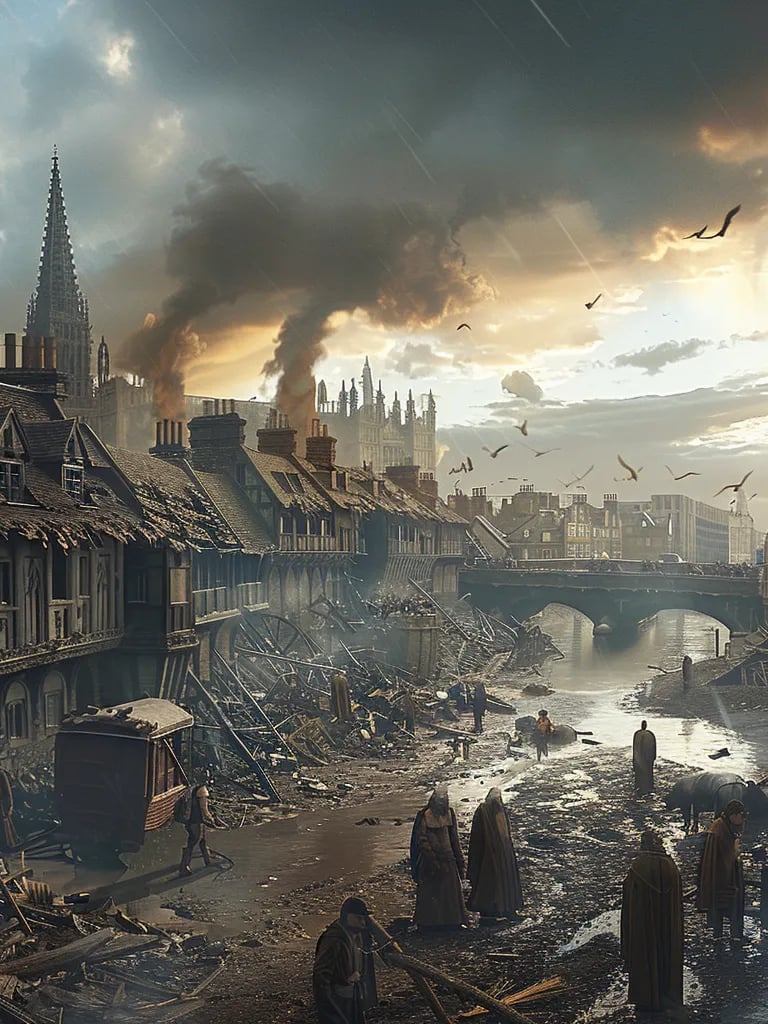

The Ottoman Empire, under Sultan Murad II, decisively defeated a coalition of Hungarian and Wallachian forces in the Second Battle of Kosovo. The battle was part of the ongoing struggle between Christian and Ottoman forces in the Balkans. This victory reinforced Ottoman dominance in southeastern Europe, paving the way for future territorial expansions and securing their influence in the region.


1448 – Second Battle of Kosovo




German astronomer Johannes Kepler observed a supernova explosion in the constellation Ophiuchus, marking the last recorded supernova within the Milky Way. The bright celestial event remained visible to the naked eye for several weeks. Kepler’s observations provided valuable insights into stellar lifecycles and the nature of cosmic explosions, significantly contributing to the field of astrophysics and scientific understanding of the universe.


1604 – Kepler's Supernova Observed
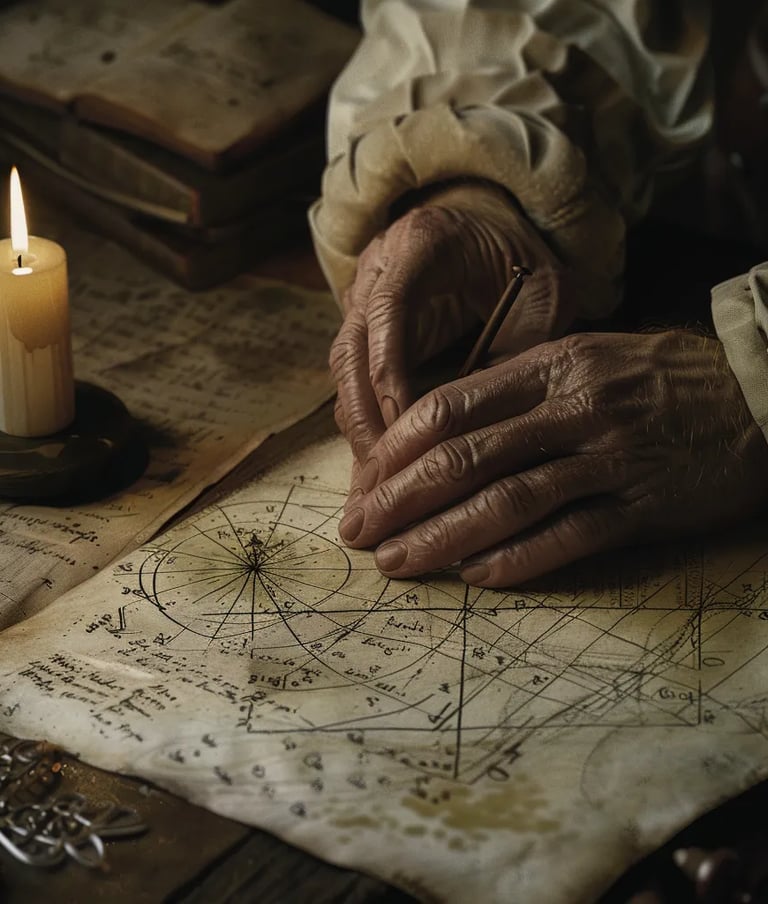

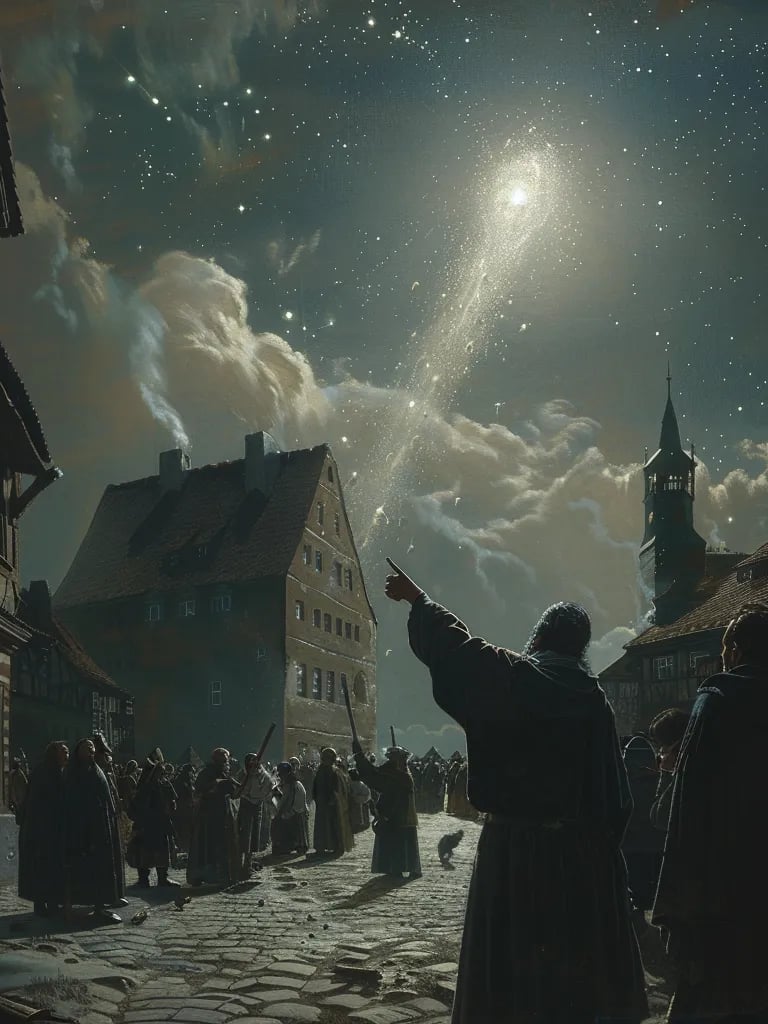

A massive vat at the Meux and Company Brewery in London burst, releasing over 610,000 liters of beer into the surrounding streets. The resulting flood swept through nearby buildings, causing structural collapses and leading to the tragic deaths of eight people. The disaster highlighted the dangers of large-scale industrial storage failures and led to discussions about safety regulations in the brewing industry.
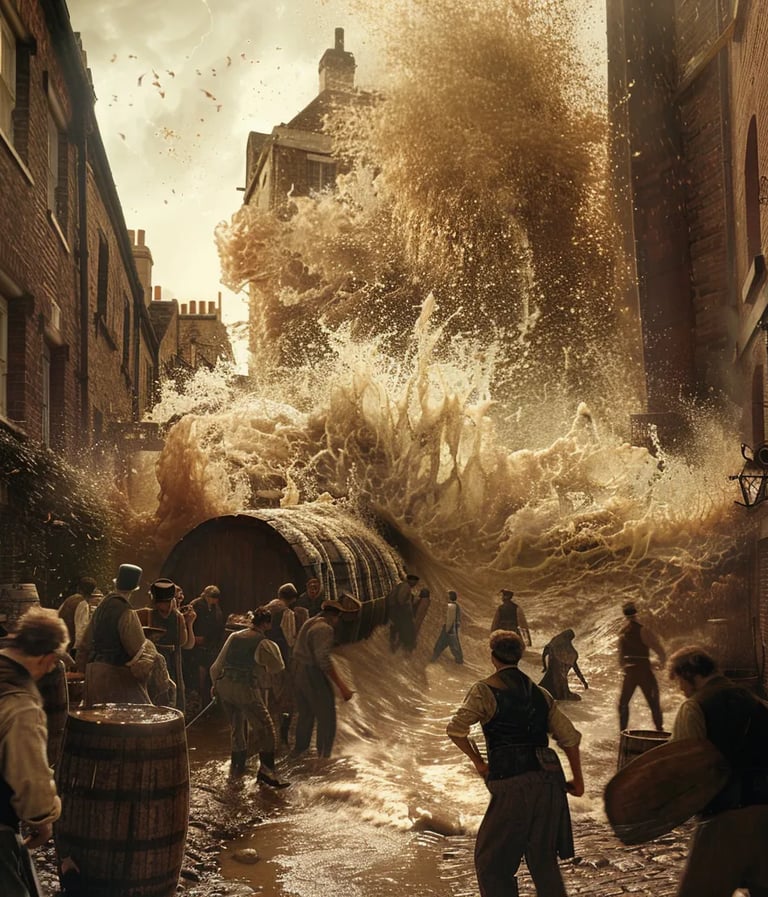

1814 – London Beer Flood


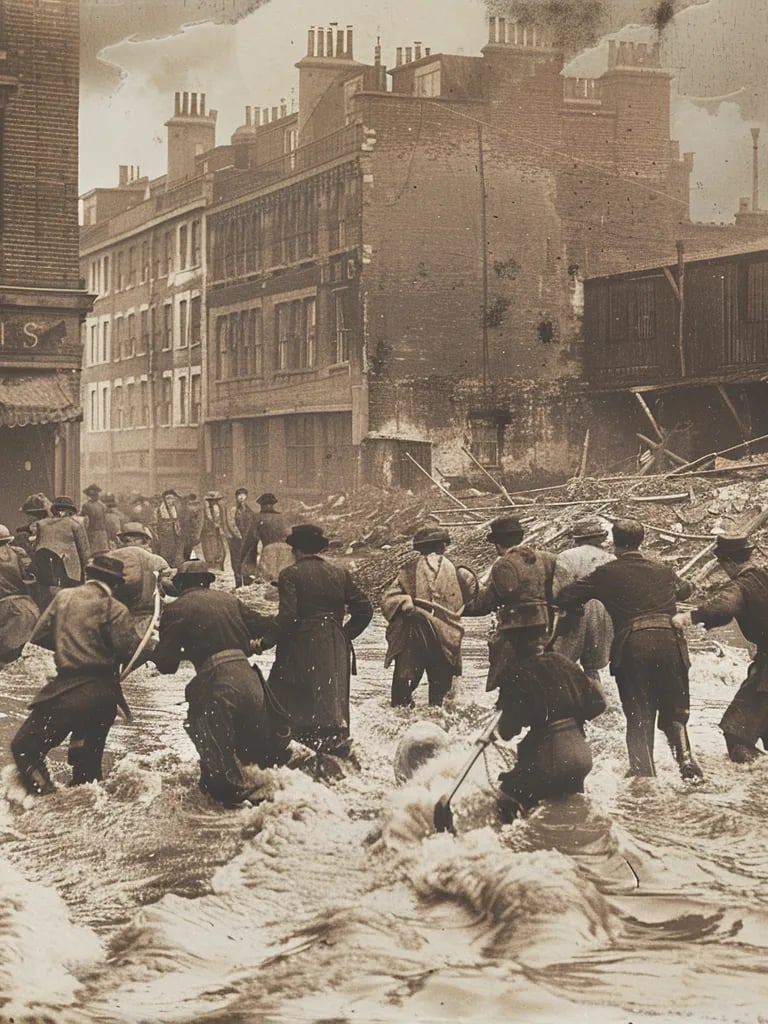

Chicago crime boss Al Capone, responsible for numerous organized crime activities, was convicted of income tax evasion. Despite his involvement in bootlegging, gambling, and violent crimes during Prohibition, tax evasion was the charge that ultimately led to his imprisonment. Sentenced to 11 years in federal prison, his conviction marked a major victory for law enforcement in their fight against organized crime.
